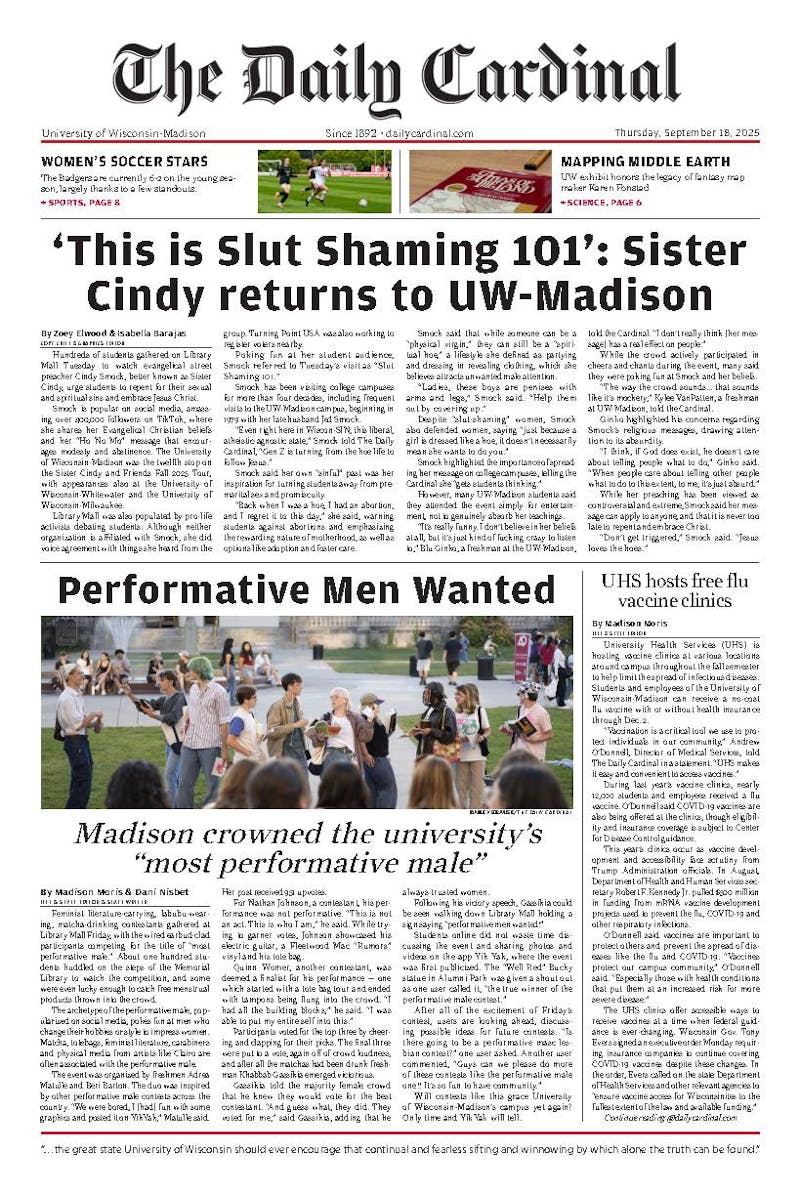If you purchased certain DVDs from the Metro Goldwyn Mayer company between 1998 and 2003, you might be entitled to a free replacement or cash settlement. At least that is what's in store if a newly proposed class action lawsuit is approved May 16 this year. But before deciding to take part in this suit, it's important to sift through what is rumor and what is fact, and when all is said and done, it becomes clear that MGM has committed no wrongdoing.
The story goes as so: Someone compared copies of a widescreen MGM movie and a full frame version and discovered that there was no difference in the two presentations except for the black horizontal bars at the top and bottom of the widescreen presentation. The plaintiff then launched a lawsuit against MGM, claiming that epresentations on the label and package insert of MGM's widescreen DVDs are false and misleading because MGM widescreen DVDs for films shot in the 1.85 to 1 aspect ratio have the same image and width as MGM's standard screen DVDs."" The case has now become a class action suit awaiting the decision of a court of law as to its validity. If the ruling favors the plaintiff, then anyone who purchased certain MGM DVDs between Dec. 1, 1998, and Sept. 8, 2003, is entitled to either a free replacement DVD or a cash settlement of $7.10. A more detailed account of the suit and how to become involved is available online at www.mgmdvdsettlement.com. The claim that the widescreen DVDs are simply full frame DVDs with black bars matted on is true. This does not, however, mean that the widescreen (1.85 to 1 ratio) presentations are pan-and-scan versions with bars slapped on.
One of the most common ways of filming and projecting a motion picture is through the use of a 35 millimeter Spherical Process. This involves the director and cinematographer shooting the film so that it appears as a full frame presentation, but they have staged the action in the middle portion of the frame. After filming is complete, black bars are attached to the top and bottom of either the film stock itself or to the lens of the projector. This eliminates the top and bottom of the frame, which the director never intended to use in their artistic vision. The film has thus been changed from a 1.33:1 ratio to a 1.85:1 ratio. To present the film in full frame, some DVD companies remove the black bars matted at the top and bottom. This results in the showing of the dead space that the director never intended to use, but technically everything from the widescreen presentation is still present.
This is what happened with the MGM titles in question. The full-frame DVDs have the same picture as the widescreen, but with irrelevant footage at the top and bottom of the screen that is not truly a part of the film. It should be noted, however, that this is not the same as pan-and-scan DVDs. Pan-and-scan DVDs zoom in on a widescreen presentation until the sides are chopped off, trimming it down from its true aspect ratio to a full screen one of 1.33:1. Also, pan-and-scan DVDs sometimes stretch out an image to achieve this, so that space and sizes can look distorted. All pan-and-scan presentations are full frame, but not all full frame presentations are pan-and-scan. This lawsuit involves a select list of DVD titles that are not full frame pan-and scan-versions, although there are other MGM DVDs that are.
What's frustrating about this suit is that some of the wording in the claim is vague and confusing, which has led to various rumors on the Internet. It seems that the main complaint is that the questioned widescreen titles aren't truly widescreen, which isn't true. Whether MGM was misleading in their advertising is another battle all together, and one that is much more subjective. Either way, I suspect this case will be dismissed when it goes to court, depending upon how knowledgeable the judge is about aspect ratios and the process of transferring film to video.
Dan Marfield is a senior majoring in communication arts and history. His column, which usually runs on Mondays, will appear next Tuesday. He can be reached at ddmarfield@wisc.edu.





